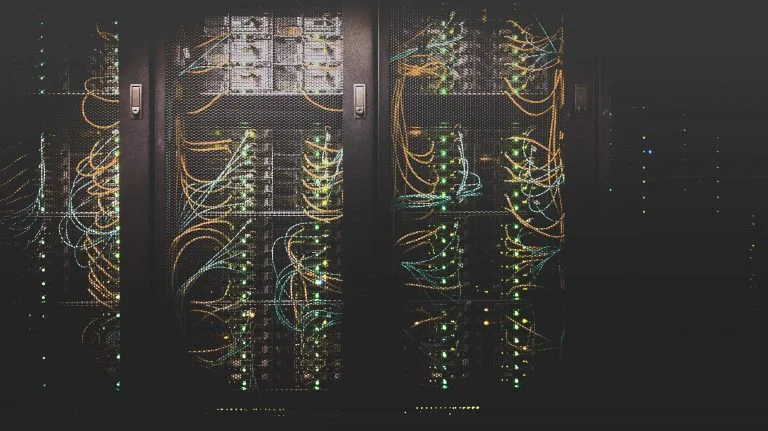By 2021 many of us were expecting to get flying cars or time-travelling DeLoreans. While those two may still seem like far-off dreams, what we did get was driverless cars. These advanced pieces of hardware use futuristic technology like cameras capable of recognizing pedestrians and car-based radars to avoid obstacles and drive safely across cities.
Companies have put a lot of effort into making this technology a reality, investing billions of dollars into research and development for decades. However, when autonomous vehicles are finally released for citizens all around the world to use, what can engineers work on next? Common sense suggests that autonomous vehicles will still be improved upon in terms of safety, but we predict that innovation will take self-driving vehicles to some unexpected places.
Open Source Self-Driving Software
Car companies have invested billions of dollars across decades to develop safe autonomous vehicles, and they expect these expenses to produce significant profits. However, this won’t just come from car sales but also the distribution of proprietary self-driving software.
Sadly, car companies don’t have the greatest reputation with regards to implementing cloud-based services. Toyota owners recently discovered they couldn’t start their vehicles remotely after the trial for their premium services had expired. Developing Open Source software that can be freely distributed and improved upon could prevent these types of scenarios and improve overall user experience.
Data Analysis for Safer Autonomous Cars
Technology allows us to gather data from drivers too. In recent years, systems that measure alcohol levels before allowing a driver to turn a car on have been discussed. Similarly, the University of North Texas developed a vehicle capable of detecting traces of illegal drugs in the air. However, a similar approach could be taken towards the in-vehicle navigation system.
Algorithms that analyze the performance of an individual vehicle could be easily implemented for vehicle safety. This will allow any car showing signs of slower responses and an increased rate of small errors to be scheduled for maintenance. It could even be ordered to park if the data suggests a potentially dangerous failure in the system.
Automatic Number Plate Recognition
The objective of autonomous technology is to free the passenger from paying attention to the road and focus on other tasks. However, the process of getting to a destination could be slowed down by the use of traditional parking lot technology, unless an ANPR system is used.
Automatic Number Plate Recognition is a camera-based system that allows parking lots to automatically identify and monitor a vehicle for hours. ANPR parking systems also facilitate fare calculation quickly and accurately. The amount can later be processed through cloud-based payment solutions, so the passenger doesn’t have to worry about having the cash on hand right away.
More Advanced and Precise Electronics
For a vehicle to cross a city without incident, it needs to integrate data coming from the camera, radar, and multiple sensors. The electronic system supporting such a process has multiple layers and must be safely stored inside the vehicle without reducing space.
Most autonomous cars will probably solve this issue by featuring more efficient PCB routing that carries signals with no losses. This improved engineering could enable the smooth integration of data, as well as allow more reliable and quick responses on the road, proving that true autonomy doesn’t just come from software.
–
Autonomous vehicles will become more available soon. And while many drivers may not feel ready to trust a computer to take them back home after a hard day at work, the truth is that companies have gone above and beyond to make the technology not just safe, but also highly convenient. It’s just a matter of giving engineers enough time to develop both software and hardware to deliver the best experience possible.
Written for apacheiot.org by Jada Barnes – Are you a good writer who can produce informative and captivating articles for our readers? If so, then we invite you to write for us.





